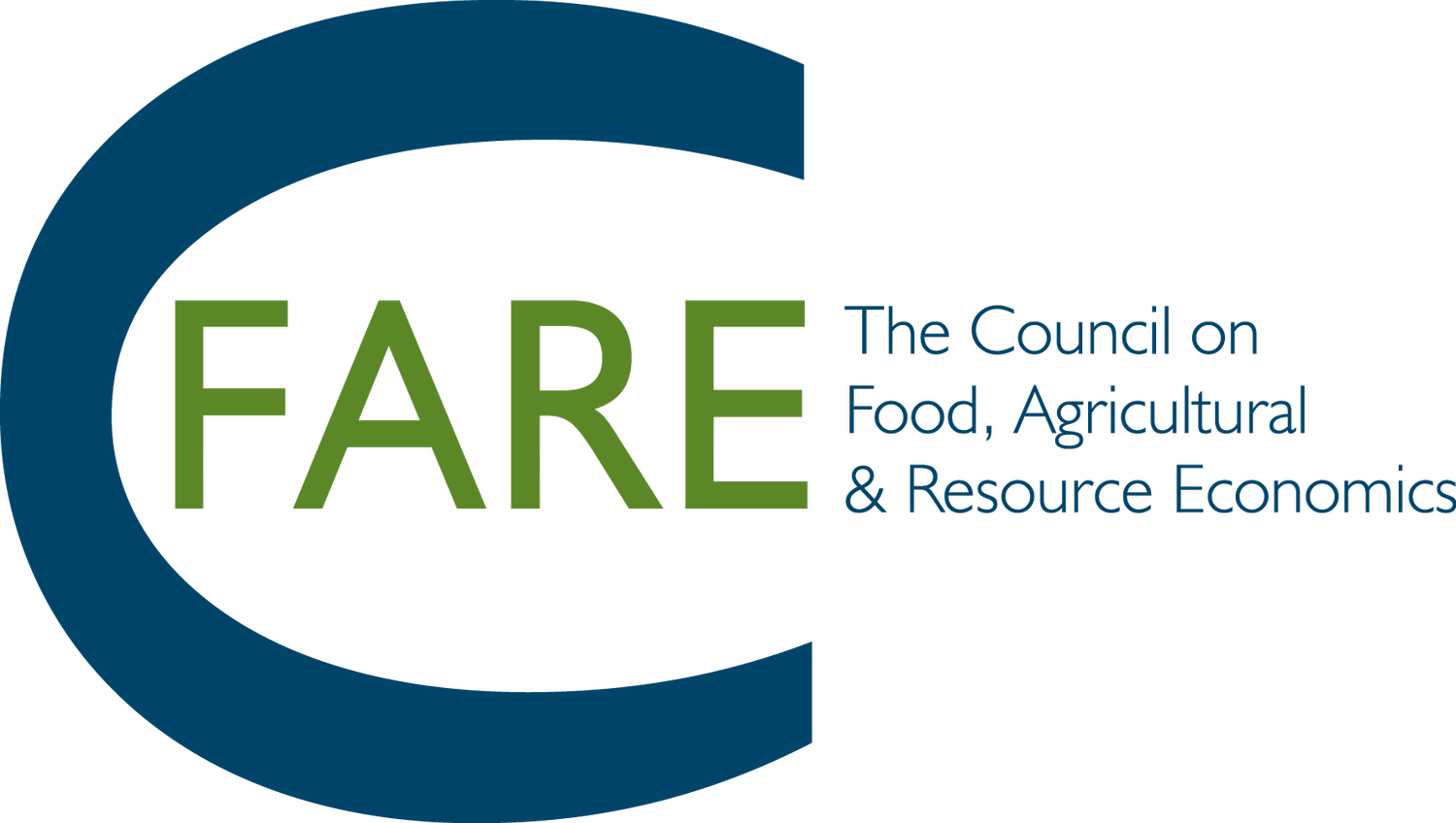Socioeconomic Disparities in Pollution Exposure — New Evidence and Arising Issues
In January 2021, President Biden signed an Executive Order on Tackling the Climate Crisis at Home and Abroad that outlined an ambitious agenda for reducing socioeconomic disparities in exposure to environmental pollution. Designing efficient policies to meet this goal requires understanding where the disparities exist, where they are most important, and the forces that create them.
To further our understanding of these issues, C-FARE is joining forces with the Association of Environmental and Resource Economics (AERE) to host a panel titled Socioeconomic Disparities in Pollution Exposure: New Evidence and Arising Issues on February 25th at 12pm, we will summarize the current facts about disparities in pollution exposure across the United States and present new evidence on their causes and consequences. The panelists will summarize how residential exposure to air pollution varies by age, race, health, and Medicaid eligibility, and discuss factors believed to contribute to those disparities including differences in household income, differences in information about pollution, and discrimination in housing markets.
C-FARE has assembled a panel of three experts to discuss their work:
Lala Ma (University of Kentucky), Nick Kuminoff (Arizona State University), and Peter Christensen (University of Illinois, Urbana-Champaign)
Lala Ma opens the webinar with a presentation titled “Race and Environmental Worries: A causal mechanism behind environmental justice?” This presentation provides an observation in data that disadvantaged groups are disproportionately exposed to environmental pollution. A large body of literature documents this disproportionate exposure based on socioeconomic status (SES). She shares some figures showing the correlation between income and air pollution in North Carolina, where lower income areas were more exposed to air pollution. Correlations are important for identifying the existence of environmental injustices. One needs to understand the causes of injustices for policies to successfully remedy this problem. One underlying casual mechanism of inequitable pollution exposure may be caused by firms choosing to operate in poor or minority neighborhoods. Another is household sorting, in which households are moving towards pollution given that distribution of pollution, poor or minority households choose to live where the land is cheap.
In a working paper by Lala Ma and her co-authors Race and Enivronmental Worries (2021) she explores the research question: can differences in environmental concern drive observed environmental justice correlations? The findings showed that minorities were significantly more worried about pollution and that environmental justice correlations remain robust after adjusting for differences in concern makes stronger. Evidence is clear that disproportionate exposure exists but the question of why remains unclear. The study cannot pinpoint the mechanism behind disproportionate exposure but suggests that sorting based solely on income and preference cannot be the whole story.
The next panelist, Nick Kuminoff, followed up with his presentation, “Disparities in Air Pollution Exposure: Current Knowledge and New Evidence from Medicare”. When economists study socioeconomic disparities in pollution exposure they often focus on exposure to air pollution particulates smaller than 2.5 microns in diameter, also known as PM2.5. When we breathe in PM2.5, it is so small that it can bypass the body’s natural defenses and travel into our lungs and even our brains. Economic research shows that higher exposure to PM2.5 causes impaired health, impaired cognition, and lower economic productivity throughout life.
In a study exploring the causes and consequences of PM2.5 exposure among senior citizens, Nick Kuminoff and his co-authors tracked millions of Medicare beneficiaries over 15 years. They developed person-specific 15-year pollution exposure histories that account for whether each senior citizen moved during the study period. Kuminoff and co-authors found that the average exposure to PM2.5 went down by about 30 percent from the year 2000 to 2013. In the early 2000’s, exposures tended to be higher among senior citizens who were sicker, poorer, and/or black or African American. These socioeconomic gaps in air pollution exposure declined after the EPA started to regulate PM2.5 in the mid-2000s, but the gaps did not disappear entirely.
Peter Christensen closed out the webinar with his presentation titled “Housing Discrimination and the Pollution Exposure Gap”. There are two leading for mechanisms that results in disparities in residential location choice as described by Lala Ma earlier: (1) Differences in income or preference and (2) choice constraints - “racial discrimination thesis”. If discrimination affects pollution exposures, then policy should address constraints directly. Discrimination could affect the choice set in a housing search, introducing a constraint that could distort sorting behavior. This has several implications:
May create or exacerbate gaps in health outcomes
Could affect parental investments in child human capital
Could distort public investments in pollution abatement
In a series of recent and ongoing papers, Peter Christensen and his co-authors use audit/correspondence research design to test whether discriminatory constraints reduce access to housing in low pollution neighborhoods. These studies found that racial discrimination in housing marketing constrains the location choices of renters and buyers of colors in U.S. cities. These constraints interact systematically with pollution exposures, contributing to gaps in health outcomes observed in population-level data. Discriminatory constraints could distort both the level and distribution of public investments in pollution abatement. Effective enforcement of fair housing and other anti-discrimination policies may be important for achieving meaningful impacts on disparities in pollution exposure.
This program is supported in part by the Agricultural and Applied Economics Association and the US Department of Agriculture’s Economic Research Service, and the National Agricultural Statistics Service.
Those who register but cannot attend our webinar can always view a recording of it later at the council’s YouTube channel.



